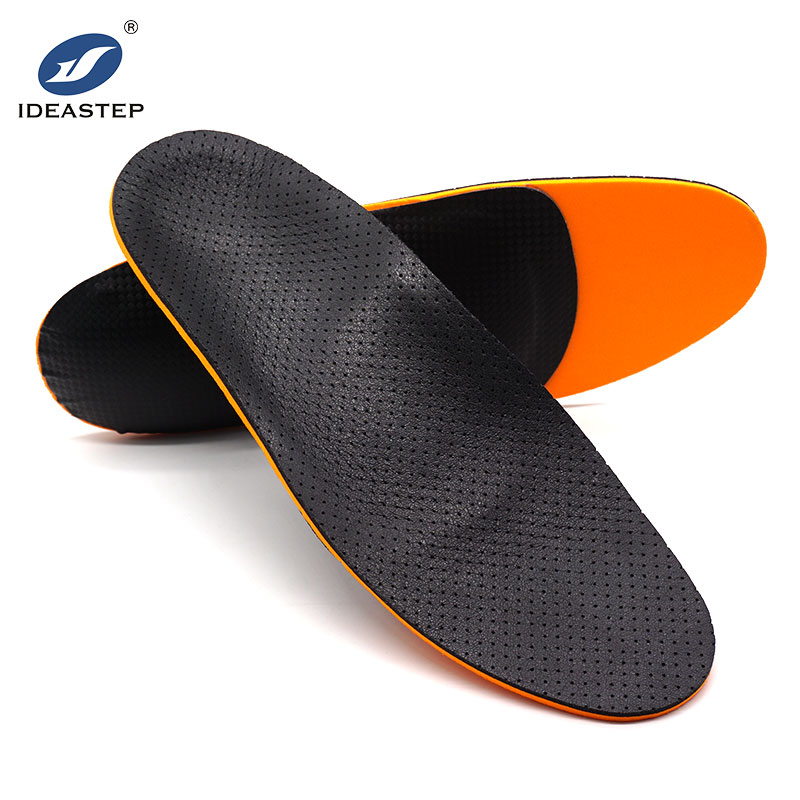As a podiatrist, I am often asked about the best type of orthotic insoles for various foot conditions. Orthotics are inserts that are placed inside shoes to provide support, alignment, and comfort to the feet. While orthotics come in various thicknesses and materials, thin orthotic insoles are a popular choice for many patients. In this article, I will provide an overview of thin orthotics, their benefits, and when they are recommended.

Thin orthotics are designed to be thinner and more flexible than traditional orthotics, yet still provide support and correction to foot alignment. They are often made from materials like polypropylene or polyurethane, which are lightweight and durable. Thin orthotics can be molded to fit the shape of the foot, providing a more comfortable and personalized fit compared to off-the-shelf orthotics.
The benefits of thin orthotics include improved comfort, stability, and foot health. By providing extra support and control, thin orthotics can help reduce the stress on the feet and lower limbs, which can lead to a reduction in pain and injury. They can also help correct improper foot alignment, such as flat feet or overpronation, which can lead to more efficient and comfortable running or walking.
Thin orthotics are often recommended for patients who have mild to moderate foot conditions that do not require the extra thickness and stiffness of traditional orthotics. They are particularly suitable for individuals who want a more minimalist and flexible option that still provides support and alignment. Thin orthotics can also be beneficial for individuals who want to customize their insoles based on their specific foot shape and needs.
When prescribing thin orthotics, it is important to consider the patient’s foot type, activity level, and any existing foot conditions. The podiatrist will take into account factors like arch height, foot pronation, and toe-off angle to ensure that the orthotics provide optimal support and alignment. The podiatrist may also recommend specific shoe models that are compatible with thin orthotics to ensure the best fit and performance.
In conclusion, thin orthotic insoles are a popular choice for individuals who want a lightweight, flexible option that provides support and alignment to the feet. They are suitable for patients with mild to moderate foot conditions that do not require the extra thickness and stiffness of traditional orthotics. As a podiatrist, I recommend that patients seek professional advice on selecting the best type of orthotic insoles for their feet based on their specific needs and foot type to improve comfort and reduce the risk of injury.
Hot blogs:
The Easiest Custom Insoles: Heat Moldable Insoles
Custom insoles, also known as orthotic insoles, are designed to provide personalized support and comfort for individuals with various foot conditions. In [...]
Children’s Insole Size Conversion Chart
The standard sizes for shoe insoles may vary from country to country, making it a headache to choose the right insole for [...]
Do custom orthotics need to be made by a doctor personally?
Custom orthotics do not necessarily need to be made by a doctor personally. While doctors, specifically podiatrists or orthopedic specialists, are often [...]
Do NBA players use custom insoles?
Custom insoles are not only helpful for people with foot health issues, but they also play a significant role in targeting the [...]
